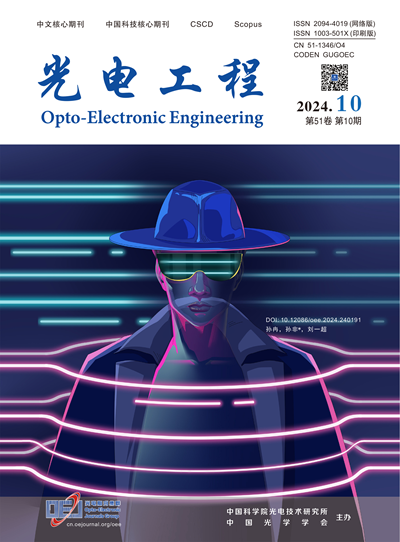Effect of water-guided laser machining technology on micro-morphology of 316L stainless steel
Q3 Engineering
引用次数: 0
Abstract
Water-jet guided laser (WJGL) machining is a novel processing technology using water beam fibers to guide the laser to machine the work-piece surface. This processing technology has the advantage of almost no mi-cro-cracks, small heat-affected zone, pollution-free, less recast layer, high processing accuracy, parallel cuffing, etc. This work aims to investigate the effect of different WGLM parameters on the micro-morphology of materials and the mechanism between lasers and materials. The experiments for slotting and grooving 316L stainless steel thin samples were used by the WGLM system developed by our research group in this work. The 2D micro-topography after experiments were tested by the Zeiss Vert.A1 metalloscope, and the 3D micro-topography of samples after experiments were tested by the Leica DVM6 optical microscope with the large depth of field & Bruke Contour Elite I white-light interferometer. Experimental results show that a certain width deposition layer can be occurred in the machining region, and the width of deposition layers does not change with the parameter of the machining time and the number of machining times. From the 2D micro-topography of samples, it can be found that the ‘dr’ of slotting samples and the ‘wl’ of grooving samples also do not change with the machining parameters. From the 3D micro-topography of grooving samples, it can be found that the cross-section shape is inverted trapezoid.水导激光加工技术对316L不锈钢微观形貌的影响
水射流激光加工是一种利用水束光纤引导激光加工工件表面的新型加工技术。该加工工艺具有几乎无微裂纹、热影响区小、无污染、重铸层少、加工精度高、可平行切削等优点。本研究旨在探讨不同WGLM参数对材料微观形貌的影响,以及激光与材料之间的作用机理。本工作采用课题组研制的WGLM系统对316L不锈钢薄型试样进行开槽和开槽实验。实验后的二维微形貌用蔡司Vert测试。A1金相显微镜,实验后样品的三维微观形貌采用徕卡DVM6大景深光学显微镜&布鲁克轮廓Elite I白光干涉仪进行检测。实验结果表明,加工区域可形成一定宽度的沉积层,且沉积层的宽度不随加工时间和加工次数参数的变化而变化。从样品的二维微观形貌可以发现,开槽样品的“dr”和“wl”也不随加工参数的变化而变化。从开槽试样的三维微观形貌可以看出,开槽试样的截面形状为倒梯形。
本文章由计算机程序翻译,如有差异,请以英文原文为准。
求助全文
约1分钟内获得全文
求助全文
来源期刊

光电工程
Engineering-Electrical and Electronic Engineering
CiteScore
2.00
自引率
0.00%
发文量
6622
期刊介绍:
Founded in 1974, Opto-Electronic Engineering is an academic journal under the supervision of the Chinese Academy of Sciences and co-sponsored by the Institute of Optoelectronic Technology of the Chinese Academy of Sciences (IOTC) and the Optical Society of China (OSC). It is a core journal in Chinese and a core journal in Chinese science and technology, and it is included in domestic and international databases, such as Scopus, CA, CSCD, CNKI, and Wanfang.
Opto-Electronic Engineering is a peer-reviewed journal with subject areas including not only the basic disciplines of optics and electricity, but also engineering research and engineering applications. Optoelectronic Engineering mainly publishes scientific research progress, original results and reviews in the field of optoelectronics, and publishes related topics for hot issues and frontier subjects.
The main directions of the journal include:
- Optical design and optical engineering
- Photovoltaic technology and applications
- Lasers, optical fibres and communications
- Optical materials and photonic devices
- Optical Signal Processing
 求助内容:
求助内容: 应助结果提醒方式:
应助结果提醒方式:


